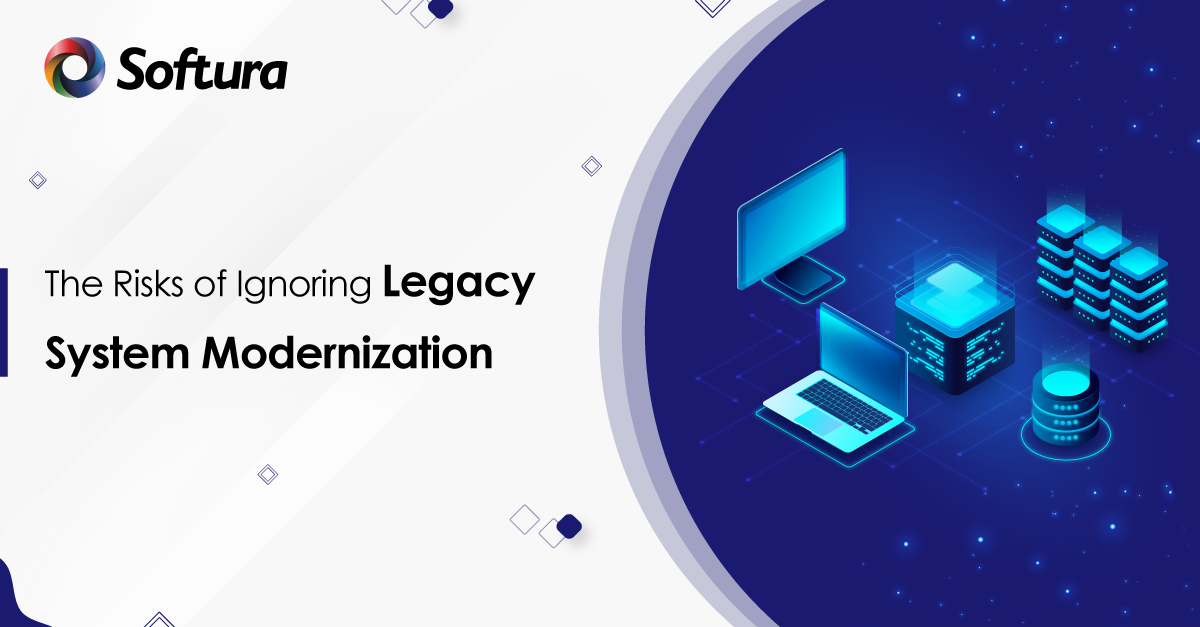Slower Time-to-Market
Legacy systems can slow down your organization's ability to respond to market changes and customer demands. They lack the agility needed to adapt quickly, hindering your capacity to deliver new features or services promptly. In today's fast-paced business environment, being slow to market can result in a significant competitive disadvantage.
BlackBerry, once a dominant player in the mobile phone industry, failed to adapt to the fast-changing smartphone market. The company's proprietary operating system, which was considered a legacy system, couldn't compete with Android and iOS. BlackBerry's slow response to market changes, including the shift toward touchscreen smartphones and
mobile app ecosystems, resulted in a dramatic decline in market share and a loss of competitiveness.
Customer Dissatisfaction
In a world where user experience is paramount, legacy systems can lead to customer dissatisfaction. Slow response times, outdated interfaces, and limited functionality can drive customers away to competitors offering more modern and user-friendly solutions.
The retail industry saw a striking example of customer dissatisfaction due to outdated technology with the decline of Sears and the rise of Amazon. Sears, once a retail giant, failed to adapt to the digital age and clung to its legacy systems. Its online shopping platform was slow and cumbersome, frustrating customers with outdated interfaces and limited product availability.
